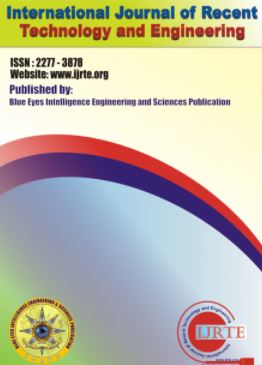Comparative Life Cycle Assessment of Li-Sulphur and Li-Ion Batteries for Electric Vehicles
Publication Year: 2022
Author(s): Benveniste G, Sánchez A, Rallo H, Corchero C, Amante B.
Abstract:
One of the key factors advancing energy storage for vehicle propulsion is the ongoing and anticipated development in electrification in the transportation sector, or the "electromobility" revolution. Nowadays, most of the electric vehicles (EVs) are powered by Lithium-ion (Li-ion) batteries due to their high energy density, higher power density and degree of development relative to other battery technologies. As Li-ion technology evolves and the EVs fleet increases, it is important to understand the environmental impacts of mass-producing the battery packs for EVs. However, with 80-150 Wh/kg energy density, current Li-ion batteries are not able to power the EVs for a comparable driving range with conventional vehicles. Lithium-sulphur (Li-S) batteries have emerged as promising battery technology, with a higher theoretical capacity and energy density than Li-ion batteries used today. Moreover, Li-S batteries presumably present a lower environmental profile due to their chemical composition compared to Li-ion ones. This study performs a life cycle assessment (LCA) of Li-S battery cells (under industrial development at the moment) that have been scaled up accordingly to estimate their performance as a battery for EVs. This comparison will provide the impact of each battery and the potential benefits in terms of environmental impact indicator values of the Li-S technology. The impacts of the Li-S battery are compared with those of a Nickel-Cobalt-Manganese (NCM) battery under the same driving distance. The environmental impact assessment results show that Li-S batteries present a most favourable environmental profile compared to NCM batteries, especially in the natural resource depletion categories where the Li-S battery has 70%-90% lower values compared to the Li-ion one.
Source of Publication: Resources, Conservation and Recycling Advances
Vol/Issue: 15, 200086: 1-12p.
DOI No.: 10.1016/j.rcradv.2022.200086
Publisher/Organisation: Elsevier Inc.
Rights: CC BY-NC-ND license (http://creativecommons.org/licenses/bync-nd/4.0/)
URL:
https://www.sciencedirect.com/science/article/pii/S2667378922000244
Theme: Battery Technology | Subtheme: Lithium-ion batteries (liquid electrolyte)
Related Documents
Research Papers/Articles

Enhanced 'BDABDC-DC' System for Vehicle to Grid Technology
Published Year: 2019
Abstract:
There is a wide range of functionalities, if EVs (electric vehicles) are connected to electric... Read More
Research Papers/Articles
Abstract:
Combined with an environmental assessment, this paper contributes to a more-in depth knowledge... Read More



